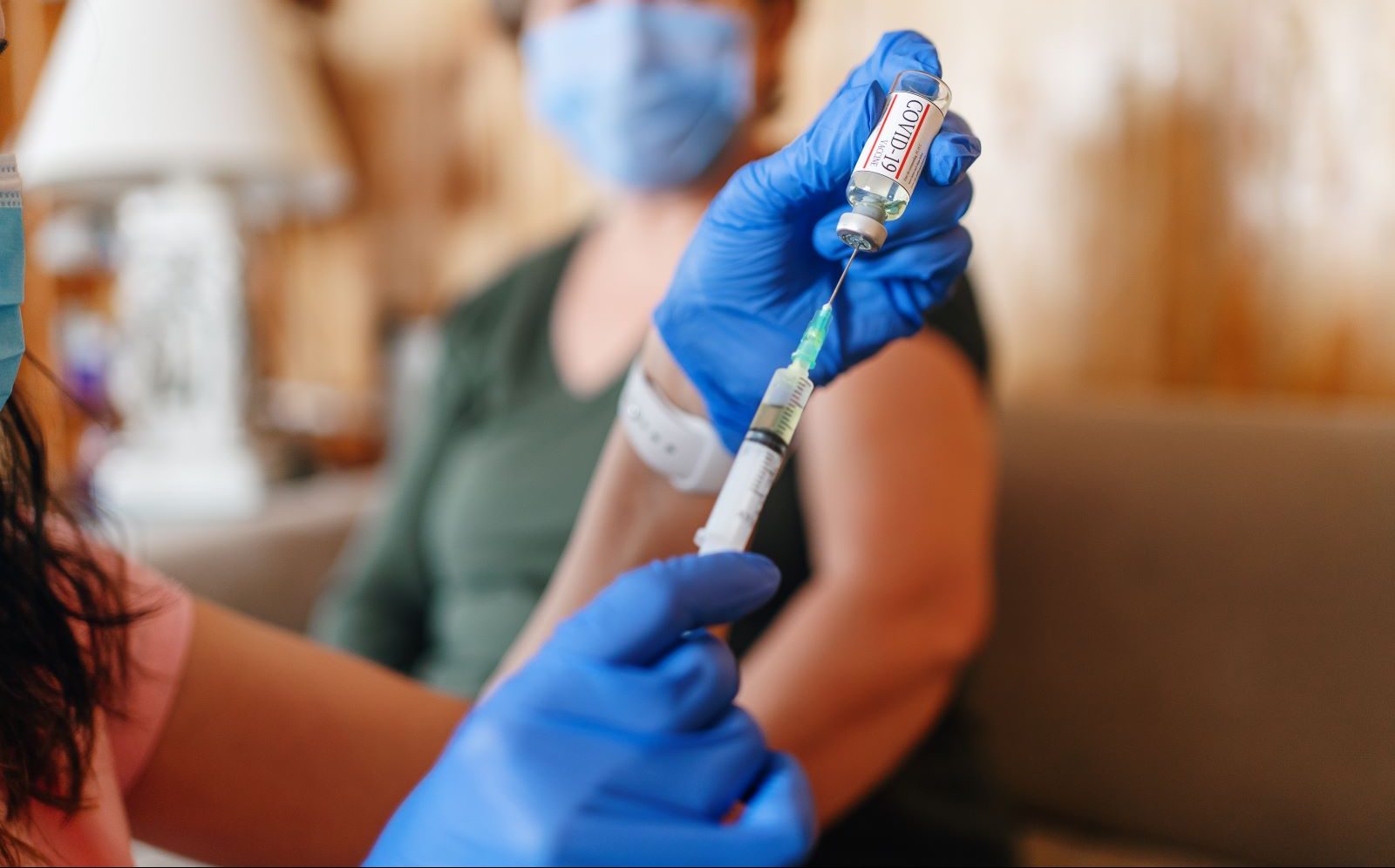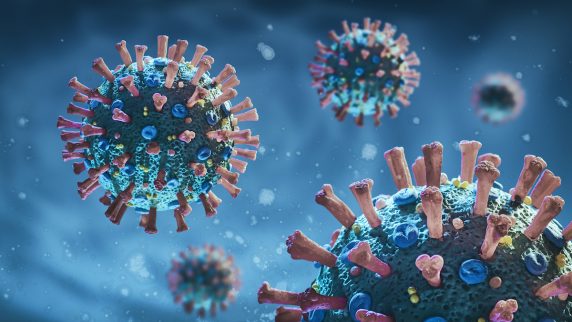Despite more than 3,200 new COVID-19 cases in the past week and an 8.8 percent positivity rate in Connecticut as of June 9, there are some promising developments leading experts to believe that an almost three-year-old pandemic might loosen its grip.
While the U.S. and other parts of the world endure yet another COVID summer, here is why there might be light at the end of the tunnel:
- On Thursday, the White House unveiled a plan to distribute a soon-to-be approved vaccine for children under five years old, who make up a large group of Americans – beyond the 27 million adults – who are unvaccinated. Vaccinating young children will help slow the spread of the disease in day cares and schools, scenarios that allow kids to bring COVID home to their families and friends. The Federal Drug Administration is expected to approve the vaccine soon, and distribution could begin later this month.
- Advisers to the Food and Drug Administration recommended this week that the agency authorize Novavax’s two-dose vaccine against COVID-19, bringing the total of vaccine options available to four. The vaccine uses recombinant protein, which has been used before in other vaccines targeting influenza, shingles, human papillomavirus (HPV) and hepatitis B. Pfizer and Moderna vaccines, known as mRNA vaccines, rely on messenger RNA to instruct human cells to produce copies of the COVID-19’s spike protein.
“This vaccine uses technology to manufacture the spike protein of the virus that causes COVID-19 rather than supplying the genetic information for people to manufacture the protein themselves,” said Virginia Bieluch, MD, chief of the division of infectious diseases at The Hospital of Central Connecticut. “Once available, this new protein-based vaccine will offer an option for people who have concerns about newer vaccine technologies such as the mRNA vaccine technology.”
Still, even if the pandemic subsides – and that remains a big if – it’s likely that COVID will stay with us, much like the common cold. We will likely be dealing with the health impact of the disease for years to come, as up to 30 percent of COVID-19 patients end up developing long COVID-19, according to a recent study from the University of California Los Angeles (UCLA) published in the Journal of General Internal Medicine.
In the study, long COVID patients reported fatigue, shortness of breath and loss of taste and smell as the most common symptoms that lingered long after they tested negative for the virus.
As for the vaccine’s effect on the likelihood of experiencing long COVID, a study of more than 13 million people says it lowers the risk of long COVID after infection by about 15 percent.
“I think that more research needs to be done to look at defining exactly what long COVID is and the protection that vaccines afford, as it is likely to be much greater,” said Ulysses Wu, MD, Hartford HealthCare’s system director of infection disease and chief epidemiologist.




